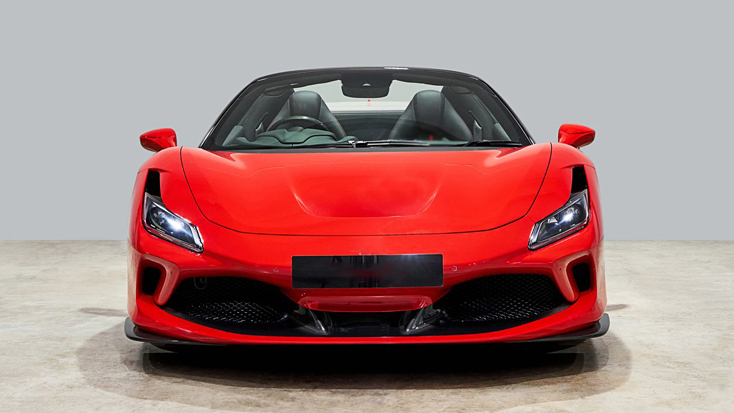200/400/600 GSM Boat Building Fiber Glass Cloth
Video
Product Details
Product name |
200/400/600 GSM Boat Building fiber glass cloth |
MOQ |
≥1000KG |
Attributes |
Enhanced UPNE/EP/PF |
Feature |
1. Uniform thickness, uniform tension, not easy to deform |
PERFORMANCE ATTRIBUTES
-
 HIGH-PERFORMANCEENVIRONMENTAL PROTECTION
HIGH-PERFORMANCEENVIRONMENTAL PROTECTION -

HIGH PRESSURE RESISTANCE
-

CORROSION RESISTANCE
-

RESIN SOAKING COMPLETELY AND FAST
Technical Index
Linear density deviation (%)ISO:1889 |
moisture content(%)ISO:3344 |
combustible matter content(%)ISO:1887 |
Stiffness (mm)ISO:3375 |
±5 |
≤0.10 |
1.25±0.15 |
160土20 |
Specification
Code |
Glass type |
Weight (g/m2) |
Breaking strength≥N/50mm |
Weave |
Moisture Content% |
L.O.I Content% |
|
|
|
|
Warp |
Weft |
|
|
|
EWR200 |
E/ECR |
200 |
1300 |
1100 |
Plain |
≤0.2 |
0.4-0.8 |
EWR270 |
E/ECR |
270 |
1900 |
1700 |
Plain |
≤0.2 |
0.4-0.8 |
EWR300 |
E/ECR |
300 |
2000 |
1800 |
Plain |
≤0.2 |
0.4-0.8 |
EWR360 |
E/ECR |
360 |
2200 |
2000 |
Plain |
≤0.2 |
0.4-0.8 |
EWR400 |
E/ECR |
400 |
2500 |
2200 |
Plain |
≤0.2 |
0.4-0.8 |
EWR500 |
E/ECR |
500 |
3000 |
2750 |
Plain |
≤0.2 |
0.4-0.8 |
EWR530 |
E/ECR |
530 |
3300 |
3000 |
Plain |
≤0.2 |
0.4-0.8 |
EWR580 |
E/ECR |
580 |
3600 |
3300 |
Plain |
≤0.2 |
0.4-0.8 |
EWR600 |
E/ECR |
600 |
4000 |
3850 |
Plain |
≤0.2 |
0.4-0.8 |
EWR800 |
E/ECR |
800 |
4600 |
4400 |
Plain |
≤0.2 |
0.4-0.8 |
EWR1000 |
E/ECR |
1000 |
5300 |
5100 |
Plain |
≤0.2 |
0.4-0.8 |
Application
BOAT BUILDING BASICS











